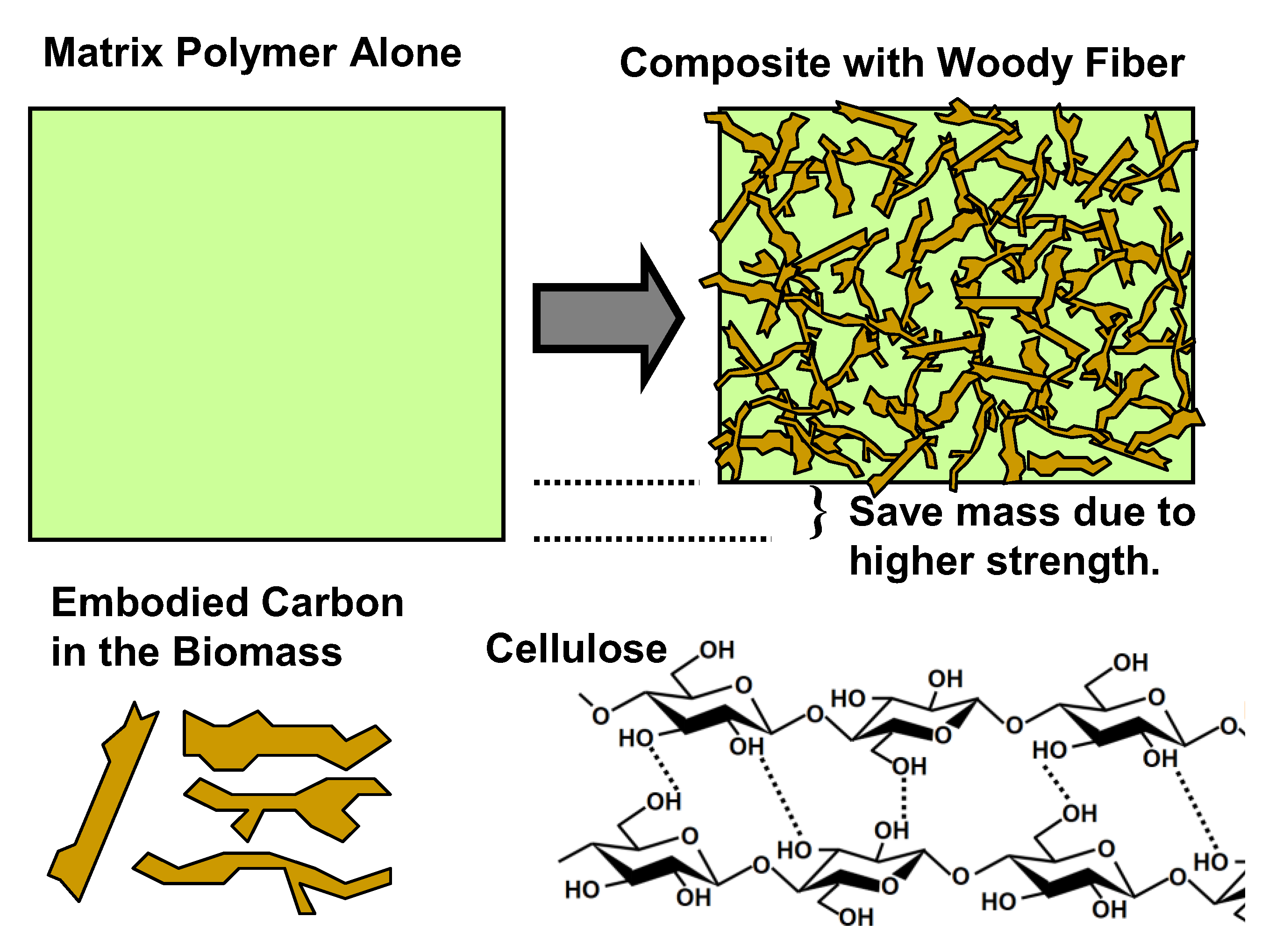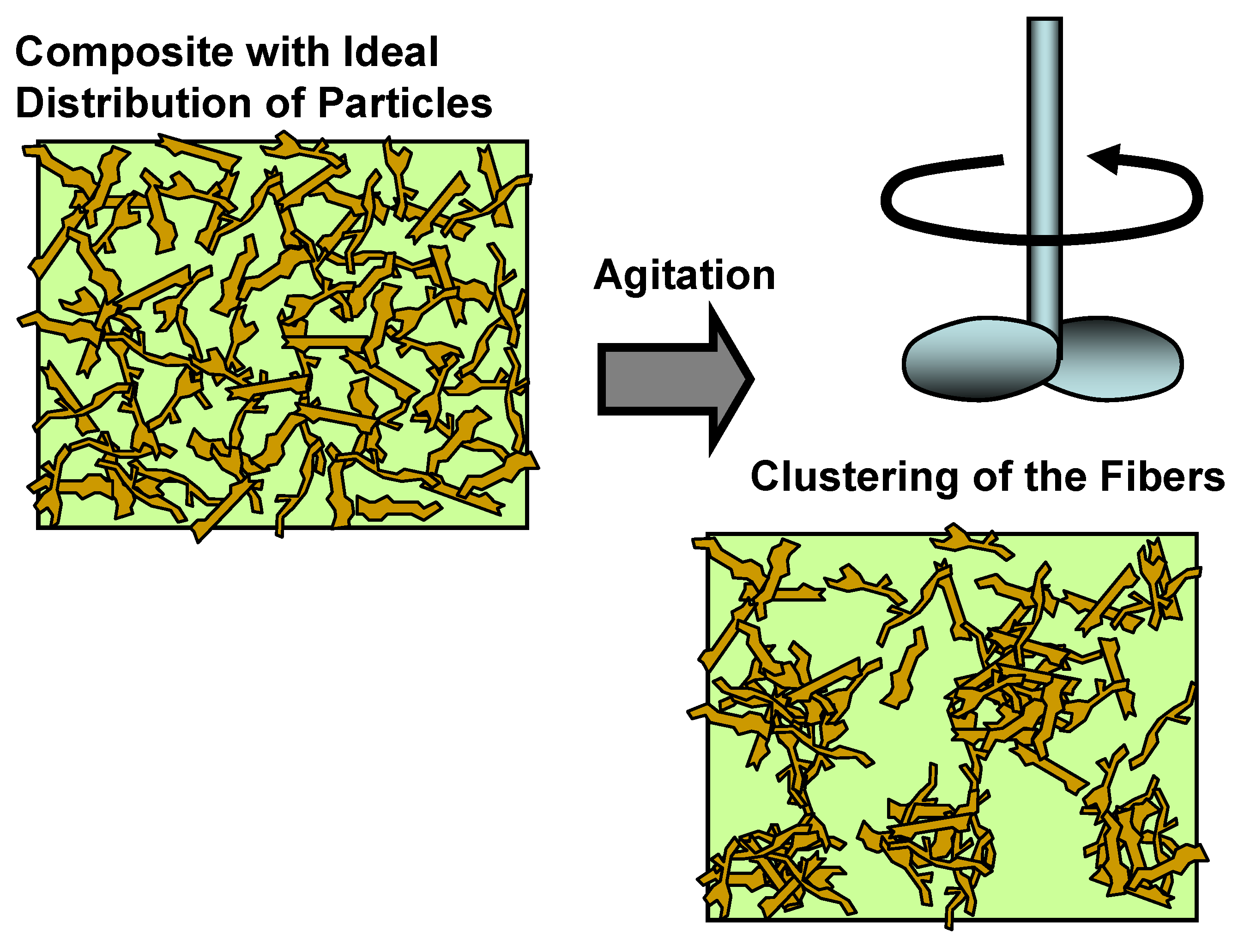Your browser does not fully support modern features. Please upgrade for a smoother experience.

Submitted Successfully!
Thank you for your contribution! You can also upload a video entry or images related to this topic.
For video creation, please contact our Academic Video Service.
| Version | Summary | Created by | Modification | Content Size | Created at | Operation |
|---|---|---|---|---|---|---|
| 1 | Martin Hubbe | -- | 1154 | 2023-07-18 07:23:19 | | | |
| 2 | Catherine Yang | Meta information modification | 1154 | 2023-07-18 07:32:35 | | |
Video Upload Options
We provide professional Academic Video Service to translate complex research into visually appealing presentations. Would you like to try it?
Cite
If you have any further questions, please contact Encyclopedia Editorial Office.
Hubbe, M.A. Composites: Their Carbon Footprint. Encyclopedia. Available online: https://encyclopedia.pub/entry/46900 (accessed on 13 January 2026).
Hubbe MA. Composites: Their Carbon Footprint. Encyclopedia. Available at: https://encyclopedia.pub/entry/46900. Accessed January 13, 2026.
Hubbe, Martin A.. "Composites: Their Carbon Footprint" Encyclopedia, https://encyclopedia.pub/entry/46900 (accessed January 13, 2026).
Hubbe, M.A. (2023, July 18). Composites: Their Carbon Footprint. In Encyclopedia. https://encyclopedia.pub/entry/46900
Hubbe, Martin A.. "Composites: Their Carbon Footprint." Encyclopedia. Web. 18 July, 2023.
Copy Citation
A composite can be defined as a material composed of at least two major components that contribute in complementary ways to achieving desired performance attributes. The term “carbon footprint” is often used to refer to the same concerns, since the net emission of carbon dioxide to the atmosphere is known to contribute to increases in average temperatures at ground level on the planet.
sustainability
biocomposites
compostability
valorization
cascading
1. The Global Warming Potential
The global warming potential (GWP) is a primary focus of many research articles that have addressed sustainability issues regarding composite materials. The term “carbon footprint” is often used to refer to the same concerns, since the net emission of carbon dioxide to the atmosphere is known to contribute to increases in average temperatures at ground level on the planet. In addition, the GWP contributions of other gases, such as methane and nitrogen oxides, are commonly expressed as CO2 equivalents [1]. According to Mohsin et al. [2], the efficiencies of various processes generally have a dominant effect on net GWP averages when comparing different countries. Because GWP has profound effects throughout the whole world, it makes sense for researchers to place it high on their priority list when making decisions about what research projects to propose and carry out.
2. Reduction in Product Weight
As illustrated in Figure 1, in principle, there are two ways in which the incorporation of biobased materials, e.g., wood, into a composite structure might be expected to influence, and hopefully decrease, the value of GWP. First, the composite structure might increase the strength properties enough that less material would be required to meet the end-use requirements [3]. Second, the utilization of biobased content has the potential to decrease the GWP per unit mass of material in the mixture.

Figure 1. Concept of two ways that plant-based reinforcing fibers might contribute to environmental benefits: By achieving strength specification at lower product mass, thereby using less materials; or by containing carbon derived from photosynthesis (for example, carbon that is within cellulose).
Some ways of preparing fiber-reinforced composites have a lot of potential for achieving higher strength in comparison to the neat matrix polymer. This is especially true for certain glass fiber–epoxy and carbon fiber–epoxy systems, the strength of which greatly exceeds the strength of neat cured epoxy resin [4]. The cited work shows examples in which certain glass–epoxy and carbon fiber–epoxy composites achieved impact strengths in the range of 100 to 300 kJ/m2, whereas glass–polypropylene composites achieved about 100 kJ/m2. By comparison, typical composites with plant fibers and plastic matrices were in the range of 10 to 60 kJ/m2.
The composites used in wind turbines and airplane parts achieve especially high increases in strength properties as a result of adding fibers—usually carbon fibers—to the continuous phase. Likewise, Ramesh et al. [5] highlighted certain plant-fiber-reinforced composite systems, involving surface treatments of the fibers, such that the flexural modulus exceeded that of a neat polyester resin. In such cases, less material might be needed, and some of the transportation expenses, including the use of energy in transportation, could be cut. It is worth noting, however, that increases in elastic modulus are typically easier to achieve in comparison with increases in tensile strength, by means of adding reinforcing particles to a plastic matrix [5][6]. In addition, any lack of compatibility at the fiber-to-matrix interface can serve as a starting point for brittle failure.
In systems where the reinforcing particles are mixed with the matrix, it is often found, that the addition of levels above a certain threshold, often in the range of 2% to 5%, leads to excessive clustering of the particles [6]. As illustrated in Figure 2, the combination of (a) mixing forces, (b) elongated particles, and (c) a high enough concentration of reinforcing particles is expected to lead to clustering. Examples of such reported findings or clustering, as well as the resulting decreases in strength when a certain threshold of concentration is exceeded, are given in the cited review article. The clustered fibers not only serve as a point of non-uniformity within the composite structure, but there is also often insufficient adhesive or binder between the clustered fibers. It also has been found that the most favorable strength improvements are achieved with fiber-like particles, but the relative improvement is typically no higher than a factor of two [6].

Figure 2. Illustration of a commonly observed clustering of reinforcing particles when stirring a mixture in melted polymer, having a high enough solids content that particle collisions are sufficiently frequent.
3. Biobased Content
Each component of a compost can be considered separately in an effort to quantify the overall GWP impacts associated with the preparation of a composite. Biobased components start out with a decided advantage, as they are formed during the process of photosynthesis. Since carbon dioxide is taken from the air during photosynthesis, the wood and other substances within a tree can be regarded as carbon-neutral. Thus, the mere inclusion of biobased components in a composite material is often taken as a favorable indication [7][8][9]. A more careful analysis, using an LCA approach, has to take into consideration such things as the usage of fossil fuels, either directly or in the form of electricity, during the planting and fertilizing of the plants, as well as the processing of the biomaterial and the preparation and initial transportation of the composite. It is often found that the inclusion of biomaterials, especially cellulose, will decrease the GWP of the final composite [9]. On the other hand, Correa et al. [10] found that the addition of kenaf fibers to a polypropylene matrix did not decrease the over carbon footprint when the energy required for processing the fibers was considered. Likewise, Lunetto et al. [11] found that glass-reinforced composites outperformed cellulose-fiber-reinforced composites with respect to energy requirements. Thus, it is important not to overlook the energy requirements associated with the growing, processing, and transportation of plant fiber material.
Options for the incorporation of plant materials as reinforcements in polymer matrices are numerous and diverse [12][13]. For example, plant fibers can be from seeds (e.g., cotton), or bast fibers (e.g., hemp), grasses, wood, etc., each being highly available and relatively low in cost [14]. The cited article lists hemp as one of the strongest fibers, making it a candidate for applications requiring strength. Khalid et al. noted that although it was possible to prepare “natural fiber reinforced polymer composites” with hemp fibers and a polymer matrix such as polyesters, their strength properties decrease with increasing immersion time in water [8]. The cited article describes many specific applications of sustainable composites, including commercial production.
LCA studies often reveal two ways in which the incorporation of biomaterials into composites tends to decrease the net release of greenhouse gases. In addition to incurring much less emission of such gases during manufacture, the composite product will embody a certain amount of biogenic carbon. Thus, as long as the composite material is in existence (not burned), that amount of carbon will not go back into the atmosphere.
References
- De Wolf, C.; Pomponi, F.; Moncaster, A. Measuring embodied carbon dioxide equivalent of buildings: A review and critique of current industry practice. Energy Build. 2017, 140, 68–80.
- Mohsin, M.; Rasheed, A.K.; Sun, H.P.; Zhang, J.J.; Iram, R.; Iqbal, N.; Abbas, Q. Developing low carbon economies: An aggregated composite index based on carbon emissions. Sustain. Energy Technol. Assess. 2019, 35, 365–374.
- AL-Oqla, F.M.; Hayajneh, M.T.; Nawafleh, N. Advanced synthetic and biobased composite materials in sustainable applications: A comprehensive review. Emergent Mater. 2023. Early access.
- Krauklis, A.E.; Karl, C.W.; Gagani, A.I.; Jorgensen, J.K. Composite material recycling technology-state-of-the-art and sustainable development for the 2020s. J. Compos. Sci. 2021, 5, 28.
- Ramesh, M.; Palanikumar, K.; Reddy, K.H. Plant fibre based bio-composites: Sustainable and renewable green materials. Renew. Sustain. Energy Rev. 2017, 79, 558–584.
- Hubbe, M.A.; Grigsby, W. From nanocellulose to wood particles: A review of particle size vs. the properties of plastic composites reinforced with cellulose-based entities. BioResources 2020, 15, 2030–2081.
- Gavrilescu, D.; Tofanica, B.M.; Puitel, A.C.; Petrea, P. Sustainable use of vegetal fibers in composite materials. Sources of vegetal fibers. Environ. Eng. Manag. J. 2009, 8, 429–438.
- Khalid, M.Y.; Al Rashid, A.; Arif, Z.U.; Ahmed, W.; Arshad, H.; Zaidi, A.A. Natural fiber reinforced composites: Sustainable materials for emerging applications. Results Eng. 2021, 11, 100263.
- Seile, A.; Spurina, E.; Sinka, M. Reducing global warming potential impact of bio-based composites based of LCA. Fibers 2022, 10, 79.
- Correa, J.P.; Montalvo-Navarrete, J.M.; Hidalgo-Salazar, M.A. Carbon footprint considerations for biocomposite materials for sustainable products: A review. J. Cleaner Prod. 2019, 208, 785–794.
- Lunetto, V.; Galati, M.; Settineri, L.; Iuliano, L. Sustainability in the manufacturing of composite materials: A literature review and directions for future research. J. Manuf. Proc. 2023, 85, 858–874.
- Khalil, H.P.S.A.; Bhat, A.H.; Yusra, A.F.I. Green composites from sustainable cellulose nanofibrils: A review. Carbohyd. Polym. 2012, 87, 963–979.
- Nassar, M.M.A.; Alzebdeh, K.I.; Pervez, T.; Al-Hinai, N.; Munam, A. Progress and challenges in sustainability, compatibility, and production of eco-composites: A state-of-art review. J. Appl. Polym. Sci. 2021, 138, 51284.
- Andrew, J.J.; Dhakal, H.N. Sustainable biobased composites for advanced applications: Recent trends and future opportunities—A critical review. Compos. Part C Open Access 2022, 7, 100220.
More
Information
Subjects:
Green & Sustainable Science & Technology
Contributor
MDPI registered users' name will be linked to their SciProfiles pages. To register with us, please refer to https://encyclopedia.pub/register
:
View Times:
1.3K
Revisions:
2 times
(View History)
Update Date:
18 Jul 2023
Notice
You are not a member of the advisory board for this topic. If you want to update advisory board member profile, please contact office@encyclopedia.pub.
OK
Confirm
Only members of the Encyclopedia advisory board for this topic are allowed to note entries. Would you like to become an advisory board member of the Encyclopedia?
Yes
No
${ textCharacter }/${ maxCharacter }
Submit
Cancel
Back
Comments
${ item }
|
More
No more~
There is no comment~
${ textCharacter }/${ maxCharacter }
Submit
Cancel
${ selectedItem.replyTextCharacter }/${ selectedItem.replyMaxCharacter }
Submit
Cancel
Confirm
Are you sure to Delete?
Yes
No




